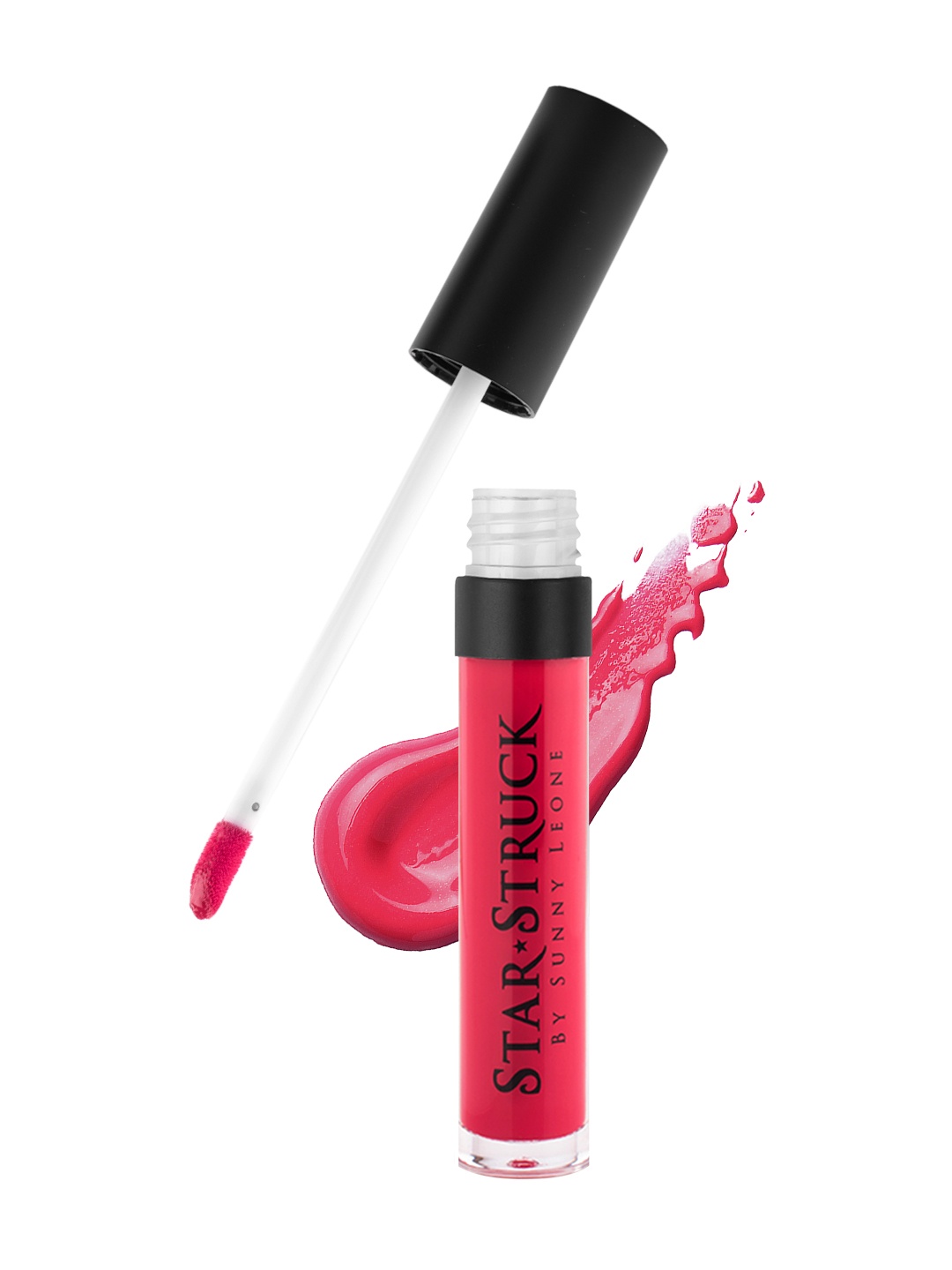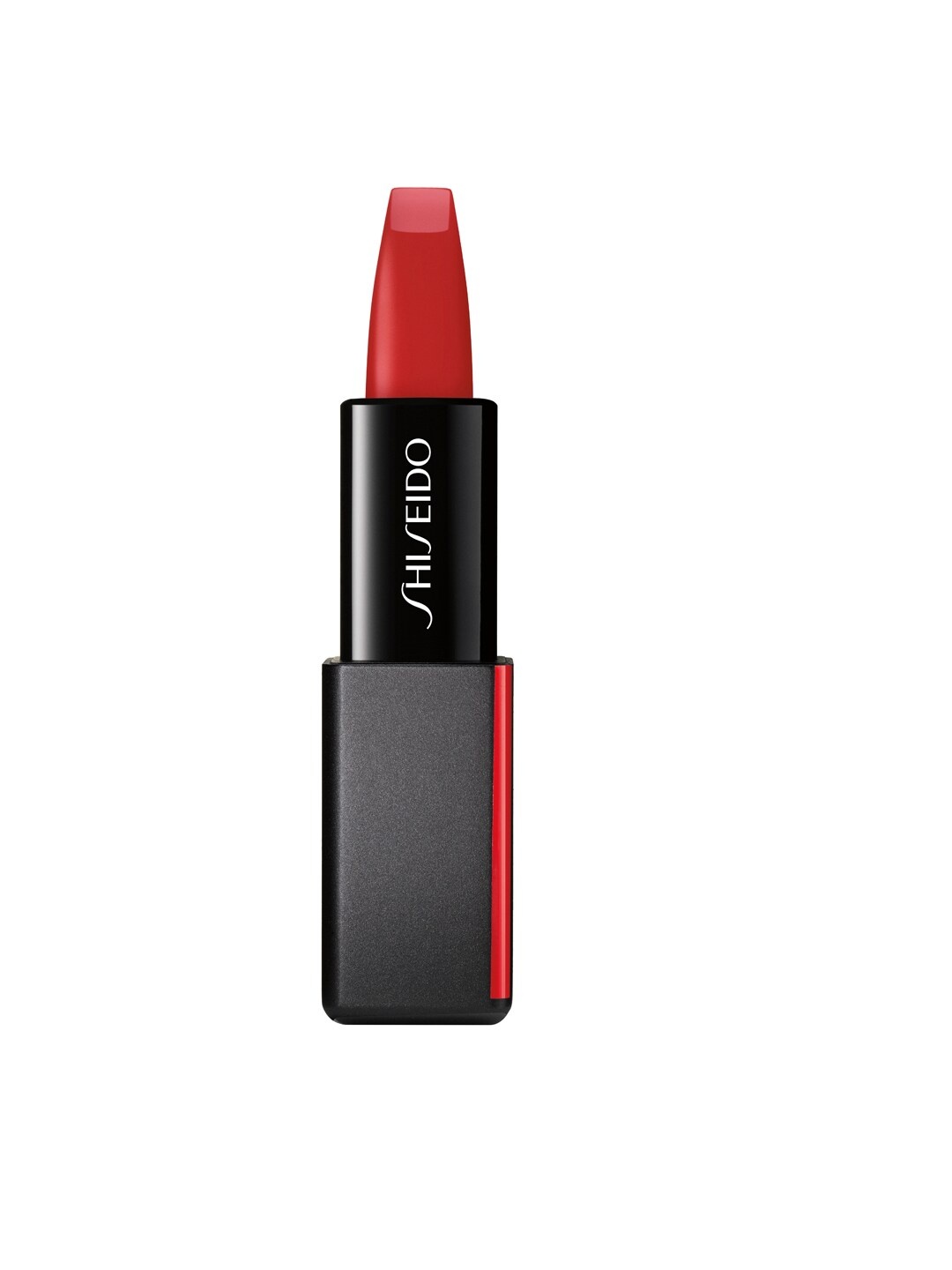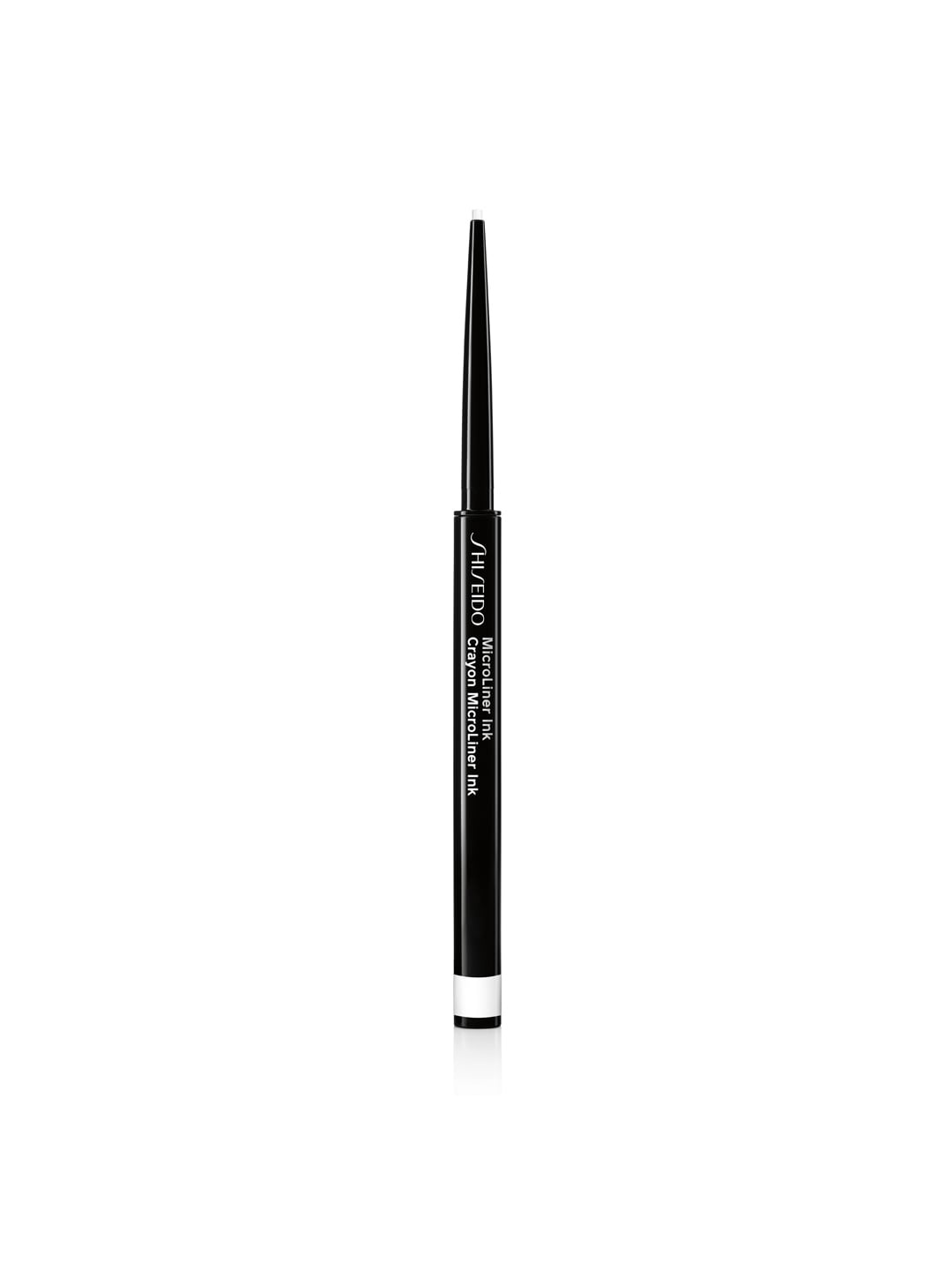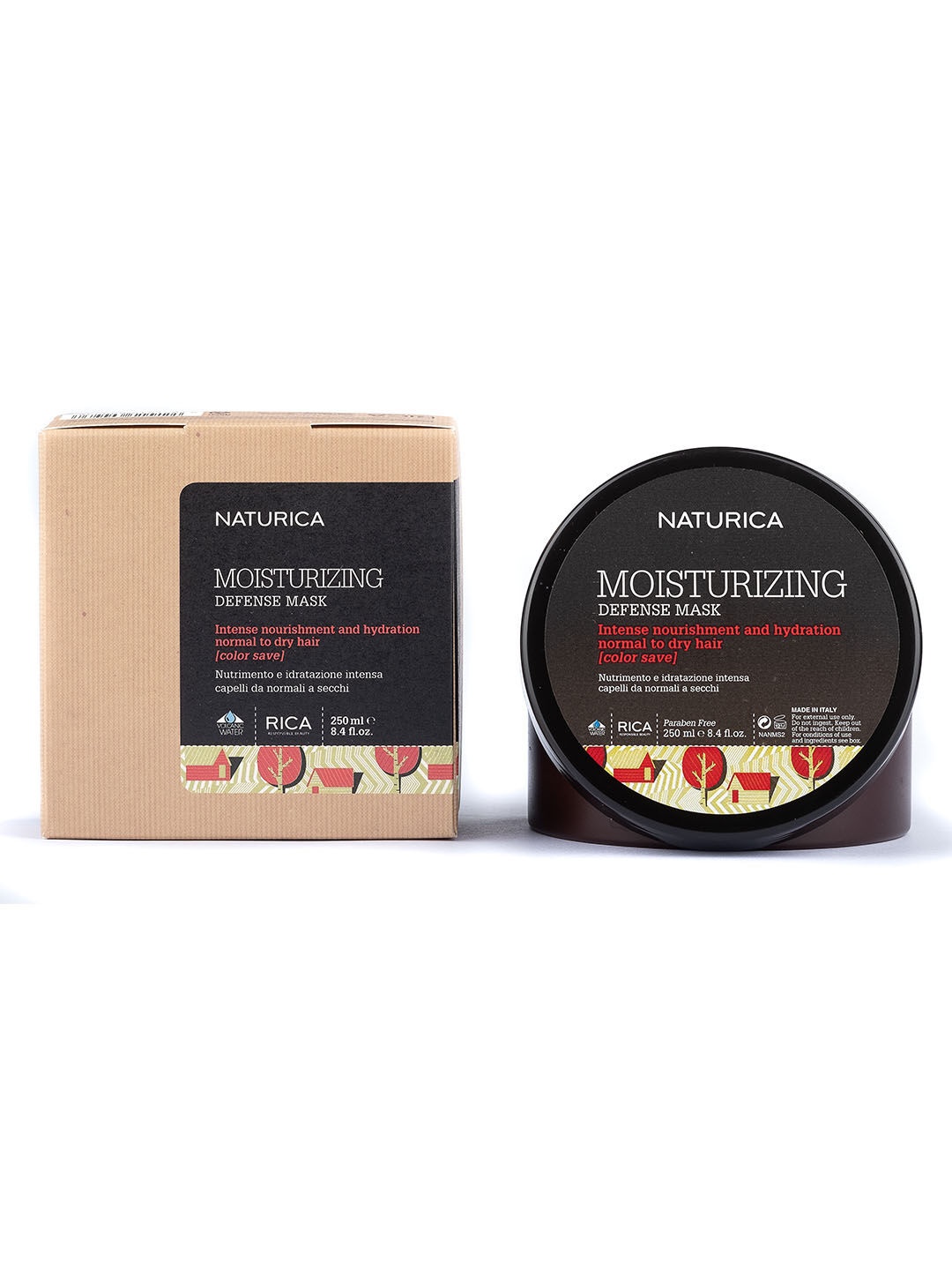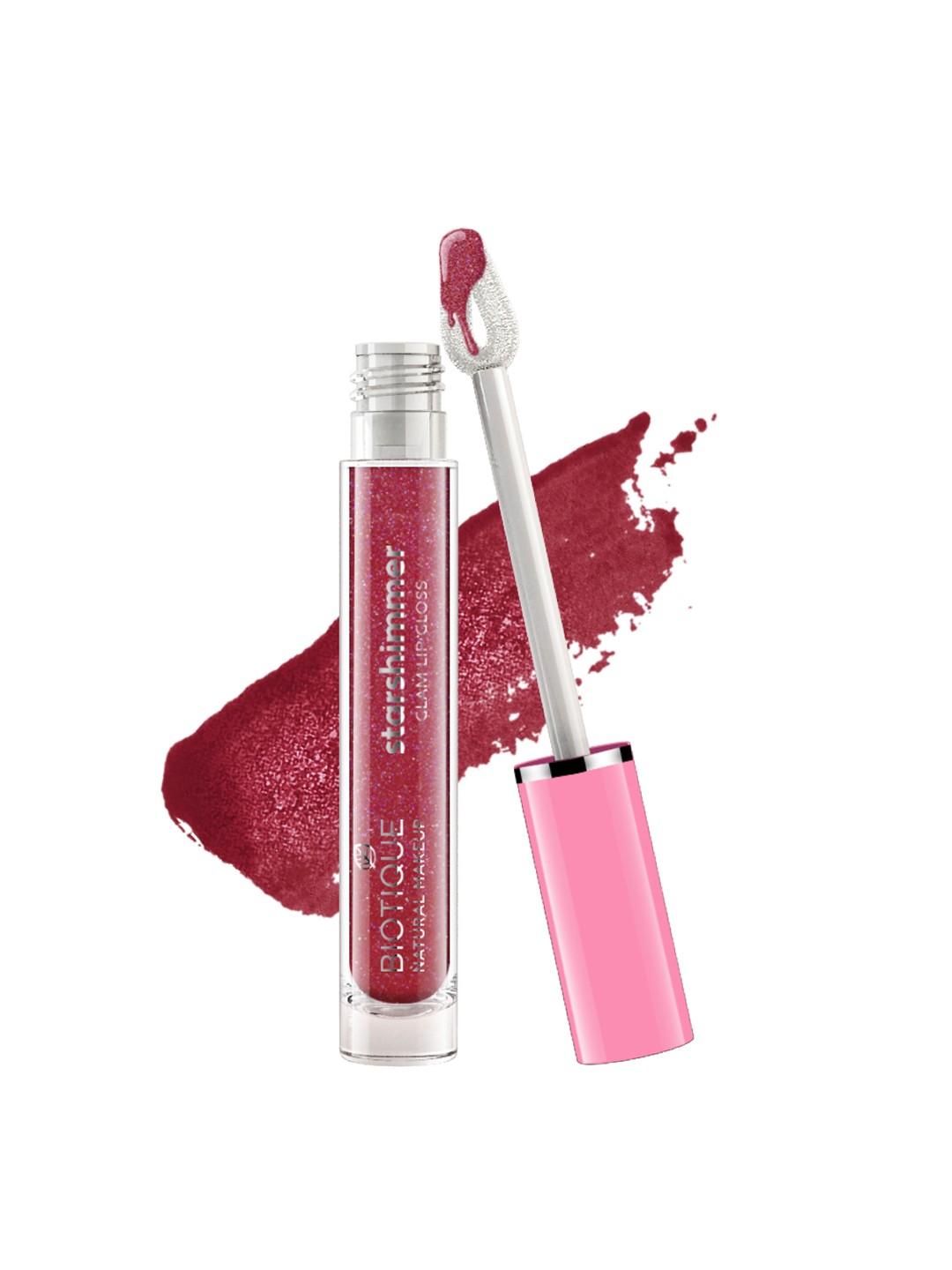Moisturisers Failing During Monsoons? Check The Role Of Humectants
The rains bring relief from the scorching heat, but they also play tricks on our skin. Let us dive into why skin behaves differently during monsoons and how humectants may hold the key to happy, balanced skin. If you want to know why your moisturiser isn't working, understand the crucial role of humectants during the Monsoon.

Discover how humectants work to keep your skin hydrated.
Every year, when the skies open up and the first earthy whiff of petrichor lingers in the air, there's an almost collective sigh of relief. The heat retreats, umbrellas bloom across streets, and tea stalls buzz with extra business. Yet, amidst all this charm, a familiar skin woe reappears, moisturisers that once worked beautifully in summer now leave the skin sticky, patchy, or oddly dry despite the heavy humidity.
Why does this happen? After all, shouldn't the extra moisture in the air keep skin naturally hydrated? Strangely, no. The science of skincare doesn't quite align with the romanticism of rain. The secret often lies in the role of humectants, those unsung heroes in lotions and creams that attract water to the skin. Understanding them could mean the difference between a dewy glow and a dull, greasy mess during the monsoon months. If you want to know why your moisturiser isn't working, understand the crucial role of humectants during the Monsoon.

Discover how humectants work to keep your skin hydrated; Photo Credit: Pexels
1. The Monsoon Skin Mystery
The monsoon season carries a paradox. On one hand, the air feels damp, and hair frizzes instantly the moment one steps outdoors. On the other hand, skin can feel drier than expected. Why? Because skin hydration isn't just about the atmosphere but also about how the skin barrier holds water. If the skin barrier is compromised, excess humidity can't save it. Instead, the skin might become clogged with sweat, pollution, and excess oil, while deeper layers lose water stealthily.
This explains why many suddenly experience dullness, rough patches, or even breakouts. Moisturisers, designed for summer's scorching heat or winter's biting dryness, often fall short in the unpredictable balance of the rainy season. And that's where humectants walk in, quietly holding the power to stabilise skin hydration despite the season's theatrics.
2. What Exactly Are Humectants?
In simple terms, humectants are ingredients that attract water molecules. Think of them as magnets pulling hydration either from the environment or from the deeper layers of the skin to the surface. Common examples include glycerin, hyaluronic acid, sorbitol, honey, and aloe vera.
When included in a moisturiser, humectants prevent skin from feeling parched, especially when external conditions are drying. But here's the catch: in a humid climate like the monsoon, humectants can sometimes overcompensate, drawing too much water to the surface, which may lead to stickiness or even barrier disruption if not paired with the right ingredients. That's why blindly slathering on a glycerin-loaded cream might not always do the trick in August drizzle. It's all about balance and formulation.
Also Read: Stay Hydrated And Radiant: 10 Top Reasons To Use Moisturisers This Summer
3. Why Your Usual Moisturiser Feels 'Off' During Rains
Imagine faithfully applying the same cream that worked wonders during summer, only to discover that your face feels greasy two hours later. This isn't because the cream suddenly turned lazy. It's because the environment changed. The high humidity in the air can clash with thick occlusive creams, making skin suffocated and shiny.
At the same time, lightweight gels that relied heavily on humectants might fail too, leaving skin oddly tacky. It's like carrying the wrong umbrella; tiny foldables fail in a storm, while giant ones feel ridiculous in a drizzle. The mismatch between climate, skin needs, and product formulation is the real villain. Recognising humectants' role helps one choose wisely, adjusting moisturisers as fluidly as wardrobes are switched from cotton kurtas to rain-friendly synthetics.
4. Glycerin: A Monsoon Classic or Culprit?
Ask any skincare enthusiast in this part of the world, and glycerin will pop up as a trusted household staple. Mixed with rose water, applied overnight, or tucked into creams, glycerin has been celebrated for decades. During monsoons, however, its behaviour can be tricky. Glycerin loves water so much that it pulls it eagerly, but when the air is already saturated, skin may feel like it's layered in syrup.
That doesn't mean glycerin should be abandoned. Instead, it needs balancing with lighter emollients and perhaps a non-sticky base. A tiny amount in a water-based gel can work wonders, keeping skin supple without the dreaded grease film. The key lies in moderation and pairing, like adding the right spice mix to make pakoras lip-smacking rather than overwhelming.

Humectants Explained: The Secret Ingredient for Monsoon-Proof Moisturizing; Photo Credit: Pexels
5. Hyaluronic Acid: The Buzzword Ingredient
Hyaluronic acid has been marketed almost like a magic potion, promising plump, youthful skin. And truth be told, it does deliver, under the right circumstances. This ingredient can hold up to a thousand times its weight in water, which sounds impressive, but here's the twist: in high humidity, it may pull too much moisture to the surface, leaving skin sticky, while in overly dry air, it can backfire and dehydrate by drawing water from the skin itself.
During monsoons, when the climate swings from damp to dry depending on where you are, think Bengaluru drizzle versus Delhi's muggy heat, hyaluronic acid can behave unpredictably. It works best when sandwiched between layers: applied on damp skin and sealed with a light moisturiser. Otherwise, it risks becoming that friend who overcommits and underdelivers.
6. Natural Humectants: Aloe Vera, Honey, and Beyond
Long before ingredient labels became Instagram fodder, households leaned on natural humectants. A fresh scoop of aloe vera gel from the plant or a honey mask on a lazy Sunday afternoon, these rituals weren't just comforting but effective. Both aloe and honey attract water while soothing irritation, making them particularly handy in the clammy discomfort of monsoons.
However, the same rules apply, balance matters. Smearing pure honey on a humid afternoon might feel cloying, and raw aloe can sometimes trigger itching if not processed properly. The sweet spot lies in formulations that blend these naturals with lightweight bases, making them monsoon-friendly. Think of them as grandma's recipes reimagined for a modern kitchen, comforting, familiar, yet practical for today's pace.
7. The Balancing Act: Humectants, Emollients, and Occlusives
Moisturisers aren't just humectants. They're cocktails of three families: humectants (draw water), emollients (smooth skin), and occlusives (lock water in). During monsoons, leaning too much on humectants without support from emollients or occlusives can leave skin tacky. On the flip side, a heavy occlusive like petroleum jelly may suffocate pores in the damp weather.
The real art lies in the blend. Lightweight emollients like squalane or esters can partner with humectants, offering hydration without heaviness. A whisper of occlusive, such as dimethicone, helps seal in moisture without clogging. It's a delicate jugalbandi, much like classical music, each instrument matters, but the harmony makes the magic.

Humectants Explained: The Secret Ingredient for Monsoon-Proof Moisturizing; Photo Credit: Pexels
8. Tailoring Moisturisers to Skin Type During Rains
No two skins are alike. For oily skin, monsoon often means double trouble, slickness combined with unexpected dry patches. Here, gel-based humectant formulas shine. For drier skin, a humectant plus emollient blend offers comfort without greasiness. Combination skin can experiment with layering, perhaps a humectant serum topped with a lotion that isn't too rich.
The important takeaway is that the 'one-size-fits-all' moisturiser doesn't exist, especially during rains. Listening to skin's signals, tightness, oiliness, or breakouts, helps guide the choice. Much like how roadside chai tastes heavenly in some showers but not in others, skincare too must be tuned to context and mood.
9. Everyday Habits That Influence Hydration
Moisturisers alone can't win the monsoon hydration battle. Daily habits, diet, water intake, sleep, and even bathing routines, play a huge role. Long, hot showers may feel comforting after getting drenched, but they strip natural oils, leaving skin thirsty. Dehydration sneaks in when endless cups of chai replace plain water. And poor sleep from power cuts or erratic schedules can make the skin dull.
A few tweaks help: lukewarm baths, switching to hydrating foods like cucumbers and watermelon, and sipping enough water. Pairing these habits with the right moisturiser ensures skin doesn't just survive monsoons but thrives in them. Think of it as a team effort, your cream isn't a superhero; it's a teammate that needs support.
10. How to Shop Smarter for Monsoon Moisturisers
Walking into a beauty store or scrolling through an app during monsoons can be confusing. Shelves scream with options, 'oil-free', 'hydrating', 'gel cream', 'with hyaluronic acid', each promising miracles. The trick is to decode labels. Look for humectants listed alongside balancing emollients. Skip heavy occlusives unless skin is extremely dry.
Price tags too can mislead. A ₹200 aloe gel can sometimes work better for sticky weather than a ₹2000 thick cream. Sampling smaller packs, observing how skin responds over a week, and switching as needed makes the journey smoother. Skincare isn't about chasing trends but finding allies that suit the unique quirks of your skin in a specific season. In other words, let the rains guide your skincare wardrobe as much as your clothing choices.
Products Related To This Article
1. FolkMen Oil Control Deep Clean Charcoal For Oily Skin with Glycolic Acid & Niacinamide
2. Bepanthen Daily Moisturizing Cream
3. Be U Vitamin C Face Serum with Antioxidants & Humectants for Skin Barrier Strengthening & Glow
4. Softlite Moisturizing Lotion
5. Re'equil Oil Free Mattifying Moisturising Gel
Monsoons transform landscapes, moods, and daily rhythms. They also transform skin needs. Moisturisers that worked like a charm in May may stumble in July, not because they've lost potency but because skin dances to a different beat in damp weather. Humectants, though powerful, are just one part of the puzzle; they must be balanced thoughtfully to prevent either dryness or greasiness.
The good news? You can buy this online. With a little awareness, trial, and flexibility, skincare can feel less like a guessing game and more like a supportive ritual. Embrace the rains with the same joy as piping-hot pakoras and steaming chai, but let humectants work with, not against, you. After all, radiant skin shouldn't be at the mercy of the clouds.
Disclaimer: The images used in this article are for illustration purpose only. They may not be an exact representation of the products, categories and brands listed in this article.








